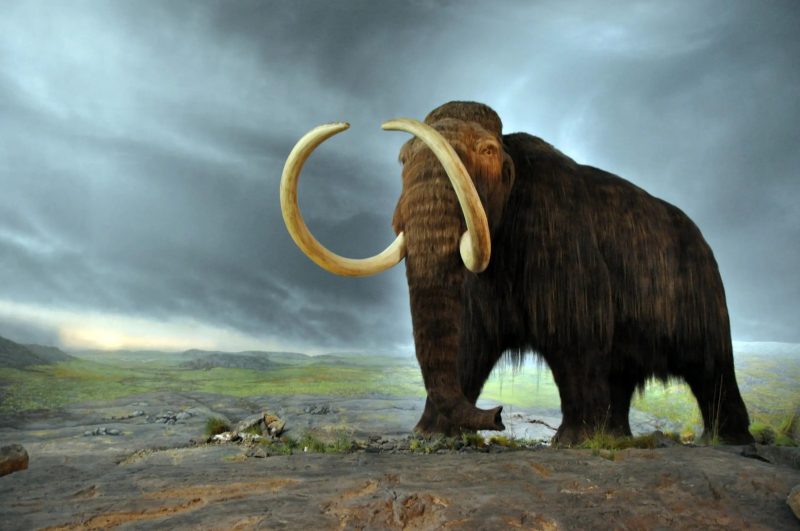
Colossal Biosciences plans to heal the Earth in a nonconventional way. Their mission is to utilize bioscience to jumpstart nature’s ancestral heartbeat and create a healthier planet and human populace. Colossal is working on several projects, but one stands out the most: the Woolly Mammoth’s de-extinction.
History of the Woolly Mammoth
The Woolly Mammoth once roamed an area called the “Mammoth Steppe,” Earth’s most extensive biome. It spanned from Spain eastward across Eurasia to North America and from the arctic islands southward to China. The Woolly Mammoth covered these stretches of the globe from around 300,000 to roughly 4,000 years ago.
How do they plan to do this?
Many Mammoths that died never fully decayed because of the permafrost of the Arctic. Remains are therefore sealed in ice, allowing intact DNA to be collected from tissue samples. The Asian Elephant is the closest living relative to the Woolly Mammoth, sharing a 99.6% shared DNA makeup. Using CRISPR genome editing, Colossal hopes to improve the DNA makeup and reduce the 0.4% differential, resulting in a close but not perfect match of the Woolly Mammoth (Mammuthus primigenius). They will then use the African elephant as the surrogate for the Asian-Woolly hybrid embryo.
So where will the Woolly Mammoths roam?
Colossal has located a handful of locations to reintroduce Woolly Mammoths to the wild. Three of the sites are along the northernmost parts of Alaska, and one is in northwest Canada, with high-carbon core areas.

Colossal Biosciences hopes to see several benefits for the Earth and the people and animals that inhabit it. Here is a list of notable goals they have for reviving the Woolly Mammoth.
- To decelerate the melting of the arctic permafrost.
- To prevent the emission of greenhouse gasses trapped within the permafrost later – up to 600 million tons of net carbon annually.
- To Restore the Mammoth Steppe.
- To foster an ecosystem that can maintain its defenses against climate change.
- To save modern elephants from extinction.
Colossal Biosciences believes restoring the permafrost and preventing it from thawing will slow climate change. Underneath the permafrost is nearly a million years’ worth of carbon, heavy metals, methane, and other gaseous elements. Colossal claims species such as the Woolly Mammoth can play an active role in compressing the surface and knocking down thin invasive trees to reveal arctic grasses that keep the permafrost layer alive and healthy. An estimated 1.6 billion metric tonnes of carbon is buried in the Arctic permafrost, and 65-70% of that lies within the surface. Colossal estimates that if there are no preventative measures, 65% of the permafrost could be lost by 2100.

Pleistocene Park has successfully reintroduced various animals to test this theory, such as yaks, bison, Bactrian camels, Yakutian horses, and more. Studies have shown that the park’s soil temperatures are colder than the surrounding areas that lack the reintroduced Arctic animals. This has proven to have optimistic results.
Colossal plans to reintroduce the Woolly Mammoth back to the wild in 2027. Check out Colossal Biosciences to follow the progress of this project and learn more about their other projects, which include the de-extinction of the Thylacine and the Dodo Bird.
